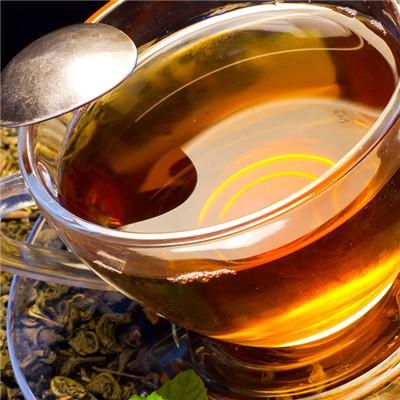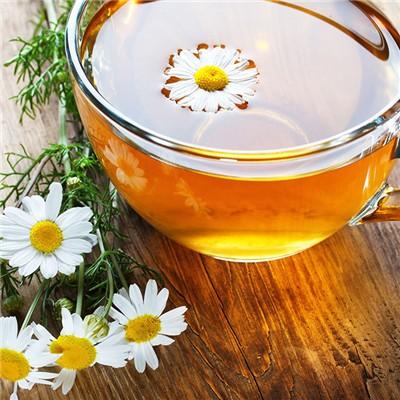What is white tea
summary
Many people know about West Lake Longjing tea, Pu'er tea and Tieguanyin tea, but it's strange to mention white tea. Few people know what white tea is. Some people think Anji white tea is white tea. In fact, this is a misunderstanding. In fact, Anji white tea is a kind of green tea. So what is white tea? Let's understand it together
What is white tea
First, white tea is a kind of slightly fermented tea, which is made from the buds and leaves of baihaoteduo and processed in a specific and delicate way without kneading and frying. The fresh leaves of white tea require "three whiteness", that is, the tender buds and two tender leaves are exposed. Chengcha is full of fluffy hair and its color is as white as silver, so it is called Baicha. White tea can be divided into bud tea (such as Baihao Yinzhen) and leaf tea (such as Gongmei) according to different tea varieties and picking standards. Using single bud as thick material, it is bud tea, which is called silver needle; using complete one bud and two leaves with thick white hairs on the back, it is leaf bud, which is called white peony.

Second, white tea is rich in tea polyphenols, vitamin C and vitamin P. Tea polyphenols can promote the absorption of vitamin C. Vitamin C can move cholesterol from artery wall to liver, reduce the cholesterol concentration in blood, and enhance the elasticity and permeability of blood vessels. Vitamin P can also dilate small blood vessels, cause blood pressure drop, play a direct role in reducing blood pressure. White tea can also cause blood pressure indirectly through diuresis and sodium excretion. Tea contains aminophylline, can dilate blood vessels, make blood easy to circulate, but also conducive to reducing blood pressure.

Third, white tea is most suitable for diabetics because it contains more tea polyphenols and tea polysaccharides than other kinds of tea. Tea polyphenols can inhibit the activities of amylase and sucrase in human body and inhibit the rise of blood sugar. Tea polysaccharide can enhance the function of exuding insulin, regulate the glucose metabolism disorder of human body, and help to suppress the rise of blood glucose in diabetic patients.

matters needing attention
White tea is cold and cool in nature, and can be drunk in an appropriate amount when the stomach is "hot". Neutral stomach, at any time to drink all right, and stomach "cold" is to drink after meals. But under normal circumstances, white tea will not stimulate the stomach wall. Drinking white tea, not too strong, generally 150 ml of water with 5 grams of tea is enough. The water temperature should be above 95 ℃, and the first soaking time should be about 3 minutes. After filtration, the tea soup can be poured into the cup for drinking. The second bubble as long as 5 minutes, that is to do with the drink with the bubble. Generally, a cup of white tea can be brewed four or five times.















